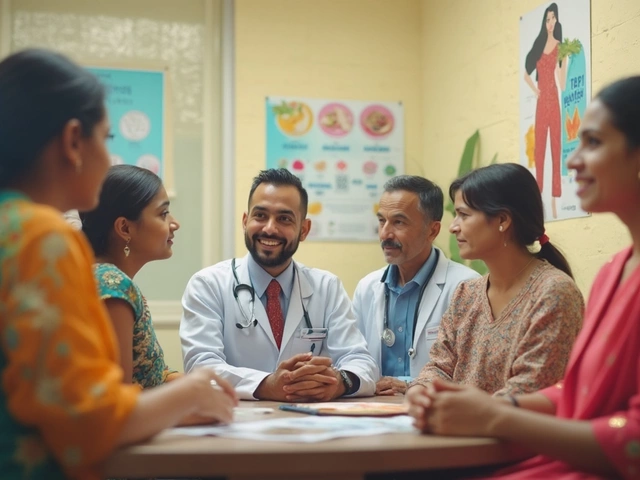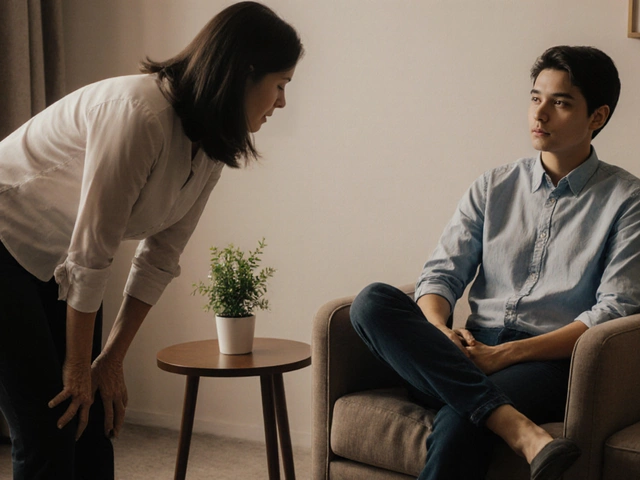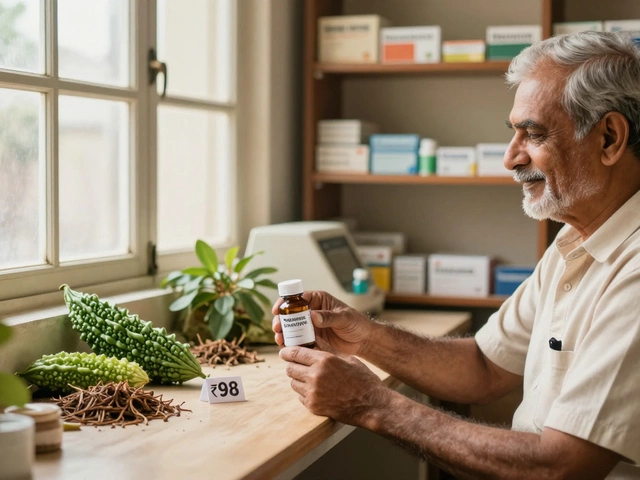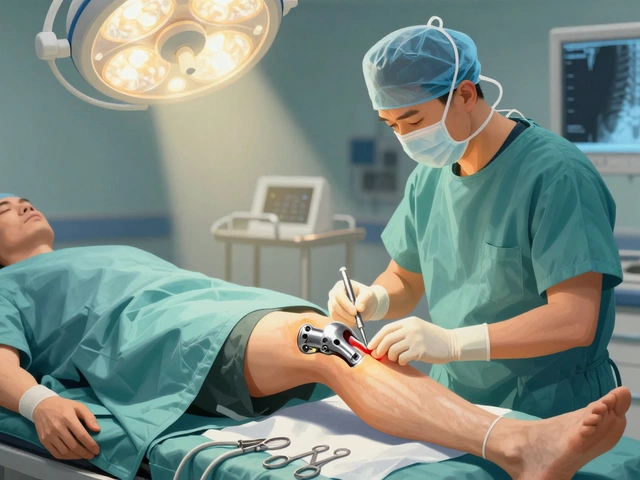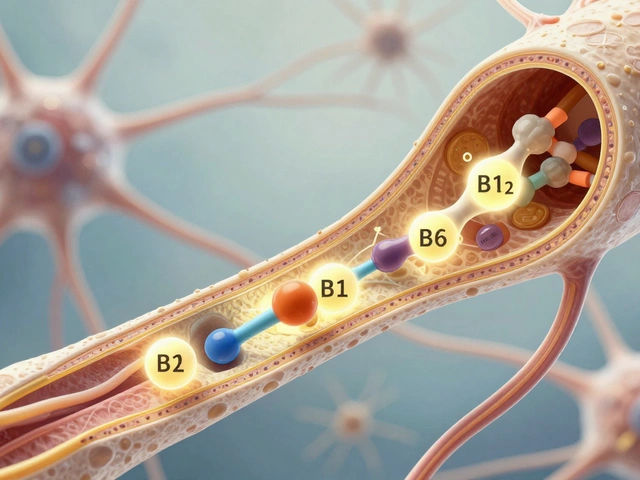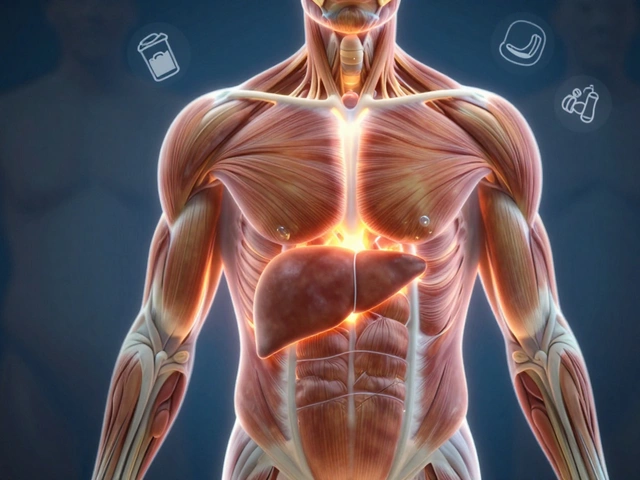Is there really any such thing as a '100% curable' cancer? You hear stories all the time—someone caught their cancer early and beat it, sometimes it sounds like a guarantee. But if you ask any doctor, they'll tell you no cancer comes with an ironclad 'cure' stamp. The numbers might get very close—like, 98% five-year survival rates for certain cancers if caught early—but 100% is rare, even in 2025.
Let's break it down in plain language. Some cancers, like a tiny basal cell skin cancer or early-stage testicular cancer, are almost always knocked out with surgery or radiation. Papillary thyroid cancer is another one people often call 'curable,' because almost everyone under 50 survives long-term. But even these have a tiny sliver of risk for coming back. That's why doctors hesitate to say 'cured' and prefer words like 'remission' or 'no evidence of disease.'
- What Does '100% Curable' Actually Mean?
- Cancers With Very High Cure Rates
- Why Early Detection Changes Everything
- Living Beyond Cure—Survivorship and Monitoring
What Does '100% Curable' Actually Mean?
When people talk about a cancer cure, they usually hope it means the cancer is gone for good and never coming back. Medically speaking, doctors rarely guarantee a person is truly “cured.” Instead, they track survival rates and talk about being in remission or having no evidence of disease after treatment. The magic number—100% cure—gets tossed around, but here's the real deal: it's a near-impossible promise.
Why? Even with cancers that have super high cure rates, there’s always a tiny chance a stray cancer cell survived. Some cancers return years later, even when patients were told they were in the clear. Most cancer types use the five-year survival statistic. If someone lives five years without the cancer coming back, that's a really good sign, but it’s not an ironclad guarantee.
- Five-year survival rate: This number shows how many people out of 100 are alive five years after being diagnosed with a certain cancer. For some cancers, this number is very high—think over 95%. But almost none reach that perfect 100%.
- Remission: This means no signs of the cancer can be found after treatment. But it doesn’t always mean the cancer is totally gone forever.
- Cure: Doctors use this word very cautiously, usually after years of clean scans and normal health. Most stick to "remission" to play it safe.
Here’s a quick table showing how cure rates and survival numbers look for some of the most "curable" cancers (if caught early):
| Cancer Type | Five-Year Survival Rate (Localized Stage)* |
|---|---|
| Testicular Cancer | 99% |
| Papillary Thyroid Cancer | Almost 100% |
| Basal Cell Skin Cancer | Close to 100% |
*Localized means the cancer hasn't spread yet. Data from American Cancer Society, updated for 2025.
Bottom line? Curable cancers are usually the ones found super early and treated fast. Even then, 100% is more of a goal than a promise. That's why regular check-ups and keeping an eye on your health matter—even after you’ve beaten it.
Cancers With Very High Cure Rates
If you're searching for good news, there actually are a few cancers that are almost always beatable when they're caught early. A lot of people like to Google terms like “cancer cure” or “curable cancers,” hoping for a black-and-white answer. While most doctors will never say 100%, here are the kinds that come as close as you can realistically get, especially with today's cancer treatment options:
- Testicular cancer: Especially the type called seminoma. With modern treatments, the cure rate is over 95% if found early. Even when it spreads a bit, chemo works so well that survival numbers barely drop.
- Thyroid cancer: The papillary type is the standout here. In people under 50, the five-year survival rate is nearly 100% after surgery, and long-term survival is almost as good in most cases.
- Basal cell carcinoma (skin cancer): This is the most common skin cancer, and it almost never spreads. A quick surgery and it's usually gone for good.
- Hodgkin lymphoma: Thanks to improved chemo and radiation, cure rates are now around 90% for young, healthy people with early-stage disease.
- Childhood acute lymphoblastic leukemia (ALL): Kids today have an 85-90% chance of complete cure. It was deadly a few decades ago—now it’s usually fixable.
Let’s look at some numbers so you get a real sense of it. Here’s a quick chart with rough five-year survival rates from recent global studies. Keep in mind, these numbers often mean “living and cancer-free for five years,” which most doctors use as a big milestone:
| Cancer Type | 5-Year Survival Rate (Early Stage) |
|---|---|
| Testicular Cancer | 97-99% |
| Thyroid Cancer (Papillary) | 98-99% |
| Basal Cell Skin Cancer | Nearly 100% |
| Hodgkin Lymphoma | 90-95% |
| Childhood ALL | 85-90% |
Here’s the real-world bottom line: if you catch these curable cancers early, follow through with treatment, and keep up with checkups, your odds of kicking cancer out of your life are about as high as it gets. The catch? Early detection really is everything, so don’t skip on those regular skin checks or dismiss odd lumps. The technology and medicine are there—the trick is using them in time.

Why Early Detection Changes Everything
When it comes to cancer cure and survival rates, timing is everything. If you catch cancer super early, before it spreads, doctors have way more options to treat it—and the treatments work way better. For some cancers, finding it in the first stage almost feels like a cheat code. Take testicular cancer, for example. If it’s caught early, the cure rate jumps up to around 99%. With early-stage breast cancer and prostate cancer, the survival rates are north of 90% too.
This isn’t just talk; it’s backed by real numbers from the American Cancer Society. Here’s a look at how early detection changes the game for some common curable cancers:
| Cancer Type | 5-Year Survival Rate (Caught Early) | 5-Year Survival Rate (Late-Stage) |
|---|---|---|
| Thyroid (Papillary) | Nearly 100% | 54% |
| Testicular | 98–99% | 74% |
| Breast | 99% | 29% |
| Melanoma Skin Cancer | 99% | 32% |
See the crazy drop between early and late? That’s why everyone keeps nagging about regular check-ups, even if you feel fine. Early symptoms for many cancers are invisible—no pain, no big warning signs—so waiting for something to feel wrong is risky business.
Want some practical tips for boosting your odds? Try these:
- Don’t skip routine screenings—like mammograms, colonoscopies, or skin checks—especially if they run in your family.
- Pay attention to any weird changes in your body, no matter how small.
- Talk to your doctor about early detection tests that fit your age and risk factors.
If you catch something early, your shot at a real, lasting cure is way better—no sugar-coating it. The key is jumping on it fast, ideally before symptoms even begin.
Living Beyond Cure—Survivorship and Monitoring
Even when a doctor says you’re cancer-free, that doesn’t mean you just forget about health checkups. There’s a whole world after a cancer cure—it’s called survivorship, and it comes with its own rules. Most people in this group are doing just fine, but there are regular steps to check that cancer hasn’t made a comeback. You don’t want surprises.
How often should you go back for follow-ups? It depends on the cancer type, treatment, and your health history, but doctors usually set up a schedule like this:
- First 2 years: every 3-6 months for checkups and blood tests
- Years 3-5: every 6-12 months
- After 5 years: yearly, unless there are new symptoms
These appointments aren’t just for cancer checks, either. After treatment, your body might need extra help with things like energy, diet, and even mental health. Some people need special scans, others get blood work, and for cancers like breast or thyroid, you might get ultrasounds or regular hormone checks. I remember Meera saying her biggest relief wasn’t the "all clear," but when her tests finally moved from every three months to once a year. Nothing feels quite like that deep breath.
People ask: what risks do I still have? Well, there’s a small chance the same curable cancer could return, or a new cancer shows up years later. That’s why living beyond cure means you stay alert without staying scared. Simple steps help, like:
- Don’t skip your screenings, even if you feel fine
- Keep track of any new symptoms and share them early
- Stick with healthy habits—being active, eating well, and avoiding smoking cut risk
A 2024 report from the American Cancer Society showed over 18 million survivors in the U.S. alone—many living decades after a cancer treatment. That’s huge. It shows how far medicine has come, but also why ongoing monitoring is here to stay.


